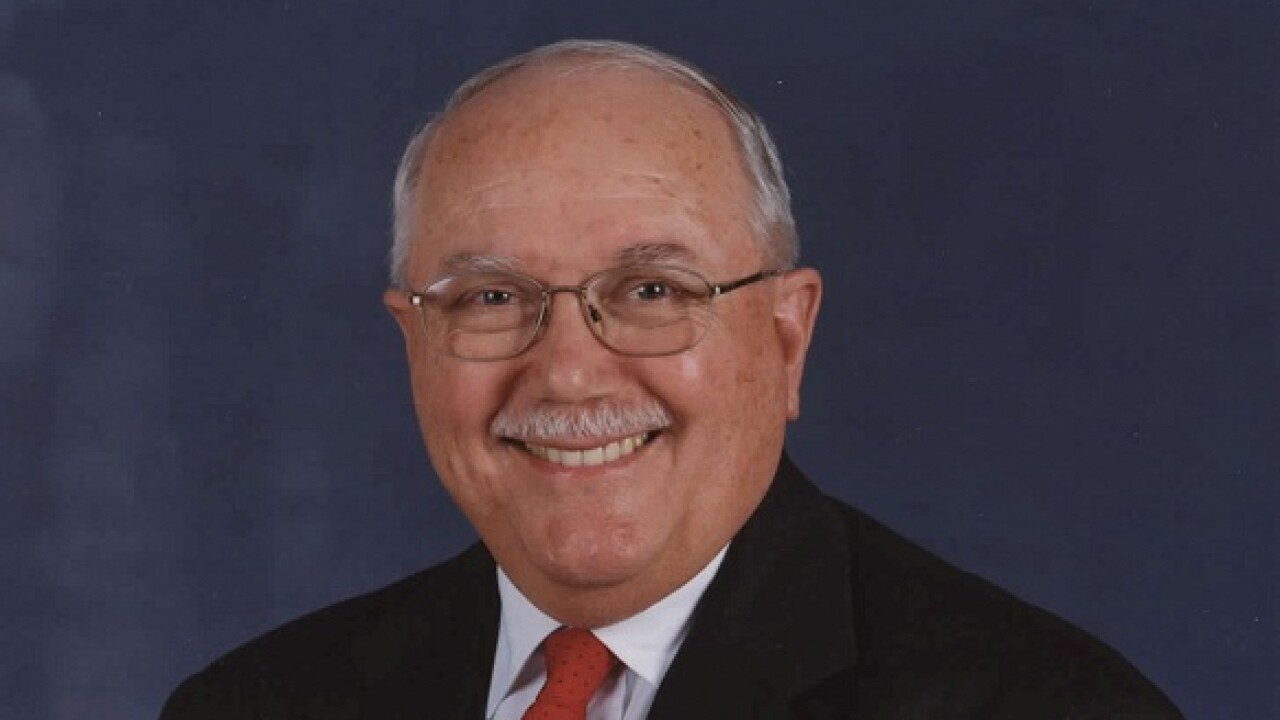The simplification of the Tax Code that many hoped would result from tax reform looks less and less likely as negotiations begin inside the Beltway to determine its final shape.
A day after the release of the Tax Cuts and Jobs Act on November 2, Ways and Means Committee Chairman Kevin Brady released the Chairman’s Mark, “Amendment in the Nature of a Substitute to H.R. 1.” The markup process began at noon on November 6, and is expected to be complete on November 9. The mark reduces the projected cost of the bill from $1.49 billion to $1.41 billion with a number of technical changes and two substantive alterations – an inflation-indexing change and a limitation on treaty benefits for entities controlled by a foreign parent.
“The major substantive change is that it would utilize a reduced cost-of-living adjustment from the very beginning and get away from the old CPI,” said David de Jong, CPA, a partner at the Rockville, Md., law firm of Stein Sperling Bennett De Jong Driscoll PC. “This should cause indexing to be a lesser percentage going forward than has been the case in prior years.”
“House members will have to contend with potential differences within the bills, and will have to deal with the Senate bill as well,” observed De Jong.
The Senate is expected to release its bill as soon as the House completes its markup.

“It’s touch and go right now,” said De Jong. “There’s a lot of opposition that has emerged to the elimination of some of the tax breaks. Most significant are the home mortgage interest deduction curtailment and the property tax curtailment. There’s also opposition from the real estate industry to other provisions, including the restriction on upper-income people using the exclusion on disposition of a principal residence, and lobbyists for older people are unhappy with the elimination of the deduction for medical expenses.”
The loss of the deduction for medical expenses is particularly onerous for the elderly, according to De Jong. “It will be a hard hit to those in care facilities who are running high-deductible medical expenses,” he said. “Most of these pay no tax because their medical expenses exceed their income. The effect of the legislation will be to give no consideration for their cost of care.”
“The handling of the maximum tax rate of 25 percent on flow-through income is extremely complicated, and is very fact-intense,” he noted. “I see this provision leading to a lot of issues under examination in the years to come. It significantly complicates the tax law where individuals of both parties are talking simplicity. It’s a very difficult provision both from a legal and a factual perspective.”
“There are a number of provisions in the bill that simplify the existing code, but this would affect a large number of individuals and could be the most complex addition to the code since the passive activity rules were added 30 years ago,” he continued.
Uncertainty and opportunity ahead
“We don’t know where the Senate is on this, and there are still members of the House that may not support it,” said Todd Simmens, partner at BDO and former staff member of the Joint Committee on Taxation. “The caveat is that we don’t know what the final bill signed by the president would look like. A lot of things can and will happen.”
That uncertainty – and the complexity of many of the changes -- make it fairly important that tax professionals get in touch with their clients.
For instance, the bill reduces the corporate tax rate to 20 percent but proposes a rate of 25 percent for pass-throughs. “Would a C corporation that invests in a partnership be subject to the 20 percent or 25 percent rate?” Simmens asked. “There are a host of details and planning opportunities that preparers should be bringing to the attention of their clients.”
Dean Zerbe, former Senior Counsel to the Senate Finance Committee and current alliantgroup National Managing Director, agreed. “Before the end of the year they should definitely be talking to their clients,” he advised. "If there’s a possibility to defer income, that would be a clear choice. But most of it will be effective for the upcoming tax year, so the important thing for preparers is informing your clients of what’s out there and what’s possible so they can make choices about any transactions that they may want to do before year-end, or delay until next year.”
The bill still has to get through the House, where changes will be made, and then through the Senate, where more changes will be made, observed Roger Harris, president of Padgett Business Services. “If something like this is close to becoming law, clearly there are discussions we have to have with our clients,” he said. “The transition rules are key. For example, the bill calls for an expanded use of cash accounting for small businesses, including not having to track inventory when calculating the cost of goods sold. How do they transition what is already on the books down to zero?”
For preparers concerned about the promise to enable 90 percent of taxpayers to file their taxes on a return the size of a postcard, Dustin Stamper, managing director at Grant Thornton’s Washington National Tax Office, had some reassuring words. “That’s just a sound bite,” he said. “The kind of taxpayers that go to accounting firms will still very much need accountants after the legislation passes. Although there is some simplification going on, there are also a lot of complex new provisions.”





